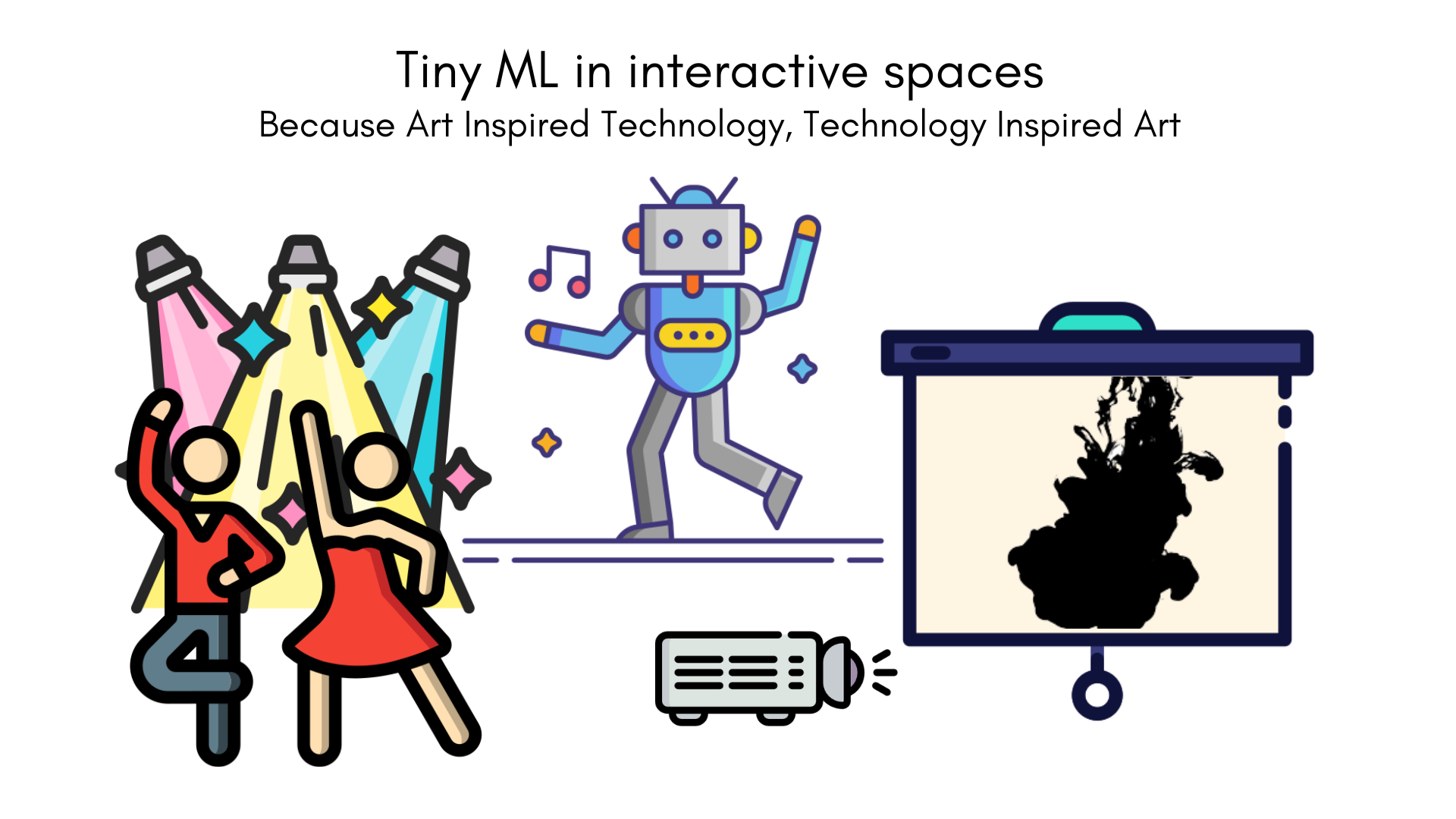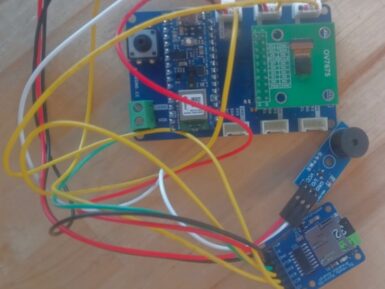
Grove - Speech Recognizer
The Grove speech recognizer is a module designed for application in the smart home, toy, robot or anything you would like to control with voice commands.
Overview
The board includes a Nuvoton ISD9160, a microphone, 1 SPI flash, 1 grove connector, 1 speaker connector and 1 led to show to your voice activity.
Nuvoton ISD9160 is (SoC) Chipcorder that based on Cortex™-M0, it provides performance and the energy efficiency needed for voice control applications. The microphone on grove-speech recognizer is Omni-directional.
This speech recognizer can recognize 22 commands including ‘start’, ‘stop’ and ‘Play music’. Every time it recognizes a command, it will return a value and the connected loudspeaker will repeat the command. This value can be used to control other devices like a motor or music player.
Note: The wake up word is “Hicell” (Pronounce it as one word). When it recognizes the awaken word the LED turns red and you can say the command word. If it recognize the command word, the LED will turn blue.
Note: The firmware of the module was wrote by the third party vendor, it’s not open source.
Application Ideas:
- Internet of Things
- Smart House
- Human Machine Interface
- Lighting Control
- Sensor Hub
- Robot
Features:
- Local Voice Recognition
- Very low rate of false triggering
- Speaker connector(JST2.0, speaker is not include)
- Built-in microphone
- 3.3/5V working voltage
- 22 recognition entry
- Default Baudrate: 9600
Tech specs
Specification
|
Item |
Min |
Typ |
Max |
Condition |
|
Operating Voltage |
3V |
3.3V |
5V |
25 ℃ |
|
Operating Current |
25mA |
26.5mA |
80mA@playing |
VCC = 3.3V 25℃ |
|
Operating Current |
25mA |
26.5mA |
130mA@playing |
VCC = 5V 25℃ |
|
Operating Temperature |
0℃ |
25℃ |
85℃ |
|
|
Size |
40*20mm |
|||
|
Weigth |
5g |
|||
|
Flash |
2Mbytes |
|||
|
Microphone Sensitivity |
-43dB |
-40dB |
-37dB |
VCC = 5V 25℃ |
|
Microphone SNR |
58dB |
|||
|
Microphone Directivity |
Omni-directional |
|||
|
Speaker Power |
1W |
VCC = 5V 25℃ |
||
|
Processor core |
Cortex-M0 |
|||
|
Processor Frequency |
32.768MHz |
50MHz |
VCC = 5V 25℃ |
Get Inspired

An intelligent device to track moves with responses during an interactive space with mapping, backlight, music and smart sculptures. This project makes use of a machine learning algorithm capable of tracking and detecting moves to identify associated gesture recognition through a microcontroller. Smart sculptures, lighting, music and video projection to trigger with each assigned gesture, creating a powerful AV experience highlighting the incredible potential of TinyML for the performing arts. This allows the corresponding media set Tiny ML in interactive to play when the right move was made because all these elements interact to create a new experience. This allows us to create Interactive installations, these sculptures use a combination of motors, sensors, and other electronics to create an immersive and interactive experience for the viewer. They may include projections, sound, and other sensory elements to create a complete experience.

With an array of onboard sensors, Bluetooth® Low Energy connectivity, and the ability to perform edge AI tasks thanks to its nRF52840 SoC, the Arduino Nano 33 BLE Sense is a great choice for a wide variety of embedded applications. Further demonstrating this point, a group of students from the Introduction to Embedded Deep Learning course at Carnegie Mellon University have published the culmination of their studies through 10 excellent projects that each use the Tiny Machine Learning Kit and Edge Impulse ML platform. Wrist-based human activity recognition Traditional human activity tracking has relied on the use of smartwatches and phones to recognize certain exercises based on IMU data. However, few have achieved both continuous and low-power operation, which is why Omkar Savkur, Nicholas Toldalagi, and Kevin Xie explored training an embedded model on combined accelerometer and microphone data to distinguish between handwashing, brushing one’s teeth, and idling. Their project continuously runs inferencing on incoming data and then displays the action on both a screen and via two LEDs. Categorizing trash with sound In some circumstances, such as smart cities or home recycling, knowing what types of materials are being thrown away can provide a valuable datapoint for waste management systems. Students Jacky Wang and Gordonson Yan created their project, called SBTrashCat, to recognize trash types by the sounds they make when being thrown into a bin. Currently, the model can three different kinds, along with background noise and human voices to eliminate false positives. Distributed edge machine learning The abundance of Internet of Things (IoT) devices has meant an explosion of computational power and the amount of data needing to be processed before it can become useful. Because a single low-cost edge device does not possess enough power on its own for some tasks, Jong-Ik Park, Chad Taylor, and Anudeep Bolimera have designed a system where





